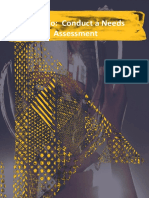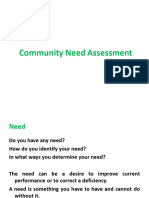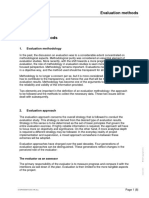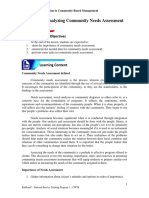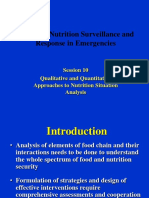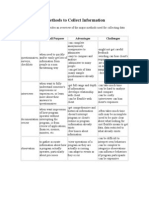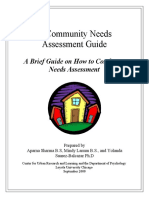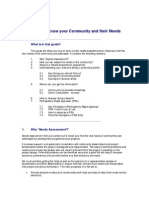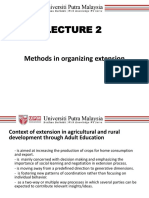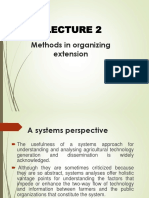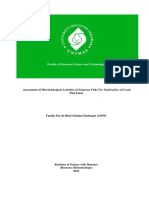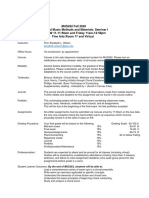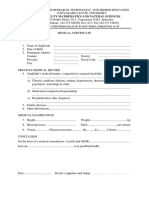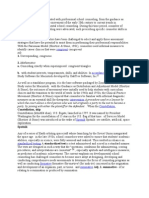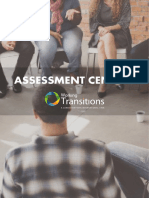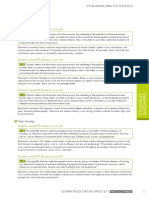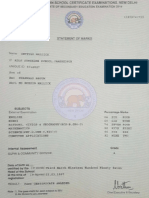0% found this document useful (0 votes)
80 views11 pagesIdentify The Needs of The Target Group
This document discusses techniques for identifying the needs of target groups and evaluating programs. It outlines that evaluation should be planned in advance, measure progress against goals, involve all parties, and consider both process and outcome criteria. Needs assessment techniques are also described, including individual techniques like interviews and questionnaires, group techniques that allow interaction, secondary data sources, and rapid rural appraisal. Specific individual techniques like face-to-face interviews, key informant interviews, informal and formal observations are also detailed.
Uploaded by
Karolina DermawanCopyright
© © All Rights Reserved
We take content rights seriously. If you suspect this is your content, claim it here.
Available Formats
Download as PDF, TXT or read online on Scribd
0% found this document useful (0 votes)
80 views11 pagesIdentify The Needs of The Target Group
This document discusses techniques for identifying the needs of target groups and evaluating programs. It outlines that evaluation should be planned in advance, measure progress against goals, involve all parties, and consider both process and outcome criteria. Needs assessment techniques are also described, including individual techniques like interviews and questionnaires, group techniques that allow interaction, secondary data sources, and rapid rural appraisal. Specific individual techniques like face-to-face interviews, key informant interviews, informal and formal observations are also detailed.
Uploaded by
Karolina DermawanCopyright
© © All Rights Reserved
We take content rights seriously. If you suspect this is your content, claim it here.
Available Formats
Download as PDF, TXT or read online on Scribd
/ 11




